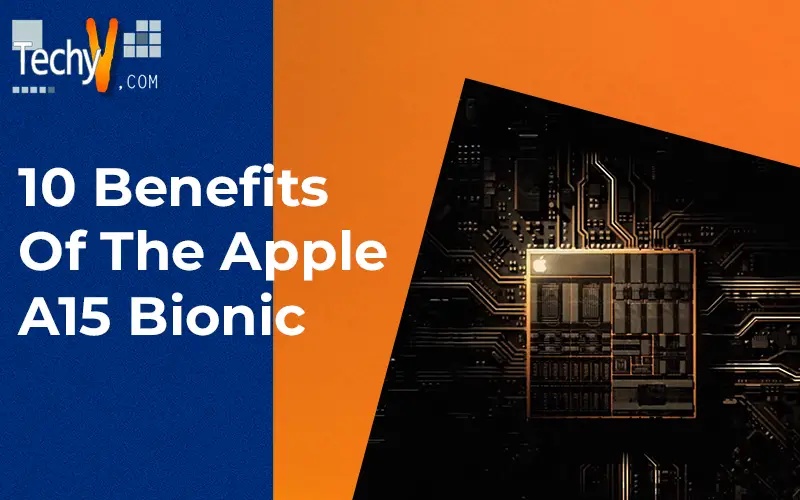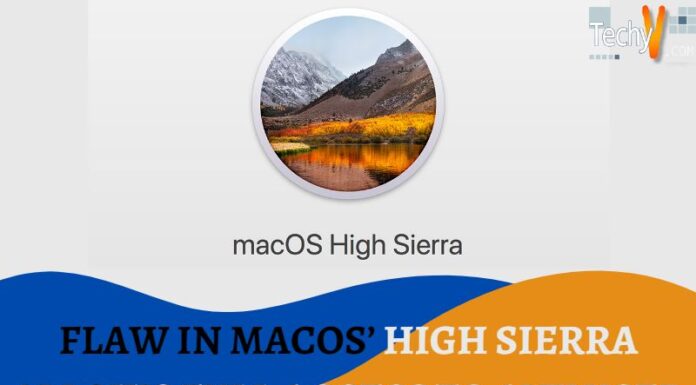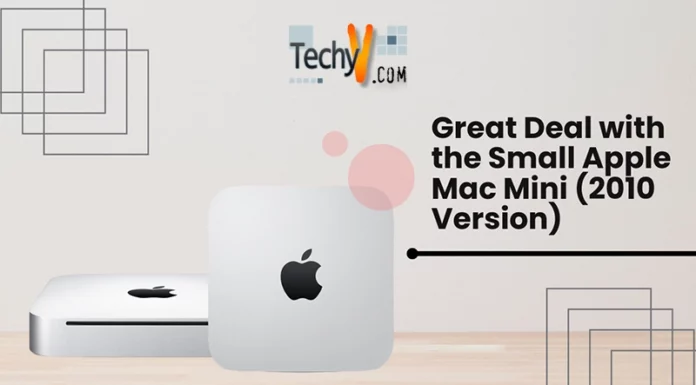Models of the iPhone 13 and iPad Mini (2021) both use the Apple A15 Bionic System on a Chip (SoC) from Apple. It offers six cores, divided into two performance and four power-efficiency cores, and was announced in late 2021. Compared to the A14, the CPU performance only slightly improves, but GPU performance (in higher-end models) sees more significant gains. The A15’s announcement was a little strange from an Apple PR perspective, partly because the company largely refrained from drawing any generational comparisons between the new design and Apple’s A14. Though common on the Mac side of things, it was noteworthy that Apple preferred to describe the SoC in the context of the competition. Though not unusual for the Mac side of things, it was something that this year stood out more than usual for the iPhone announcement. Of particular note was that Apple preferred to describe the SoC in the context of the competition.
1. Frequency Boosts; 3.24GHz Performance & 2.0GHz Efficiency Cores
The new A15 is thought to include two new CPU microarchitectures, one for performance and the other for efficiency. The peak single-core frequency of the two-performance core cluster of the new A15 is 8% higher than that of the A14, reaching up to 3240MHz as opposed to 2998MHz in the previous generation. When both performance cores are active, their operating frequency increases by 10%, running at a frenzied 3180MHz for each center as opposed to the previous generation’s 2890MHz. The A15’s E-cores can now run up to 2016MHz, a 10.5% improvement over the A14’s cores. The A15’s E-cores can now run up to 2016MHz, a 10.5% improvement over the A14’s cores. The frequency, in this case, is unaffected by the performance cores, meaning that neither the number of threads in one cluster nor the other affect the other cluster. This generation’s tiny bodies have undergone some additional intriguing changes from Apple, which we’ll discuss shortly.
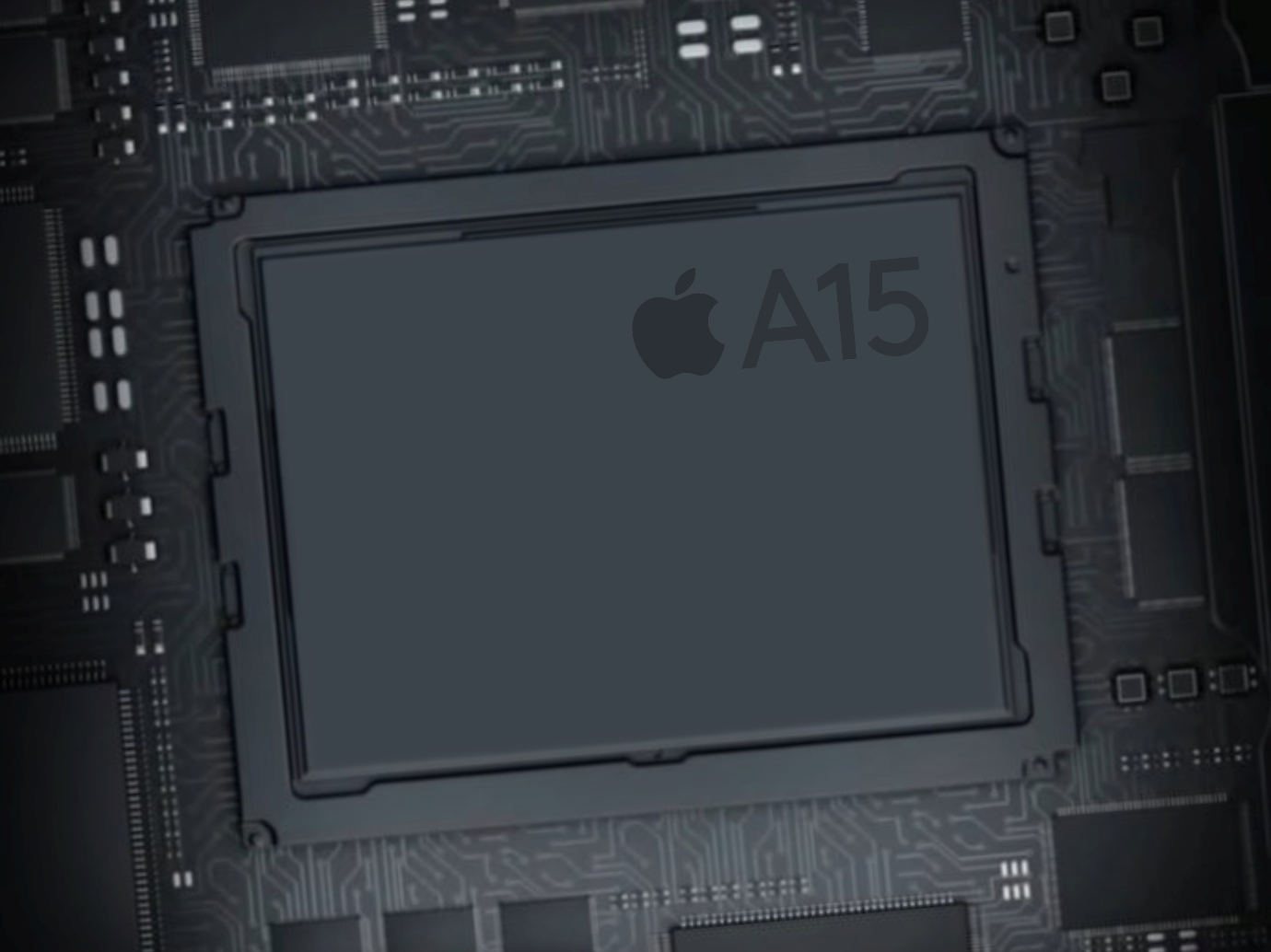
2. Giant Caches: Performance CPU L2 To 12MB, SLC To Massive 32MB
The A15 now has twice the system cache compared to the A14, which was another simple technical point Apple made known at its launch. Two years prior, we went into detail about the A13’s new SLC, which increased from 8MB in the A12 to 16MB in the A13 and remained the same size in the A14 generation. Since Apple claims to have doubled this, the A15 has 32MB of RAM. Although Apple has increased the L2 TLB to 2048 entries, now covering up to 32MB, the efficiency cores this year don’t appear to have changed their cache sizes, remaining at 64KB L1Ds and 4MB shared L2s. It is likely due to Apple’s desire to improve SLC access latencies.
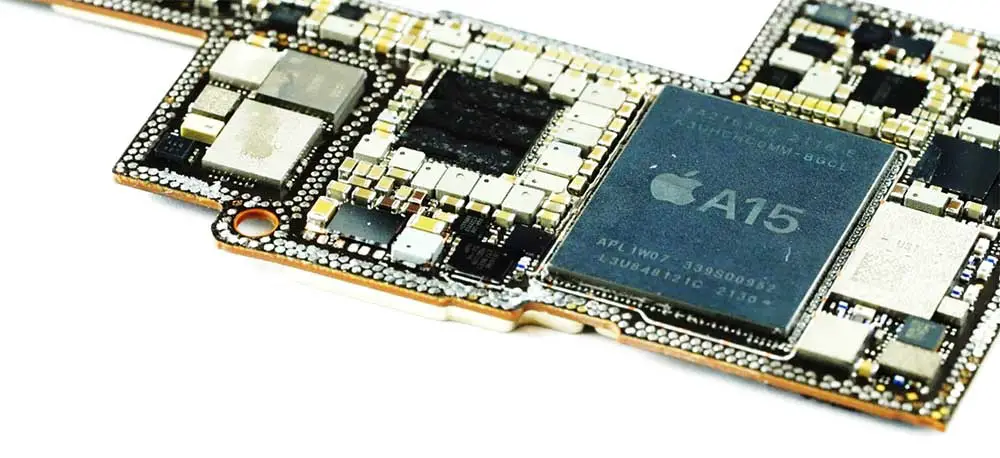
3. iOS PassMark – CPU Mark
Prime numbers, integers, floating points, compression, physics, comprehensive instructions, encoding, and sorting are among the performance tests that PassMark runs. The device capacity increases as the score rise.
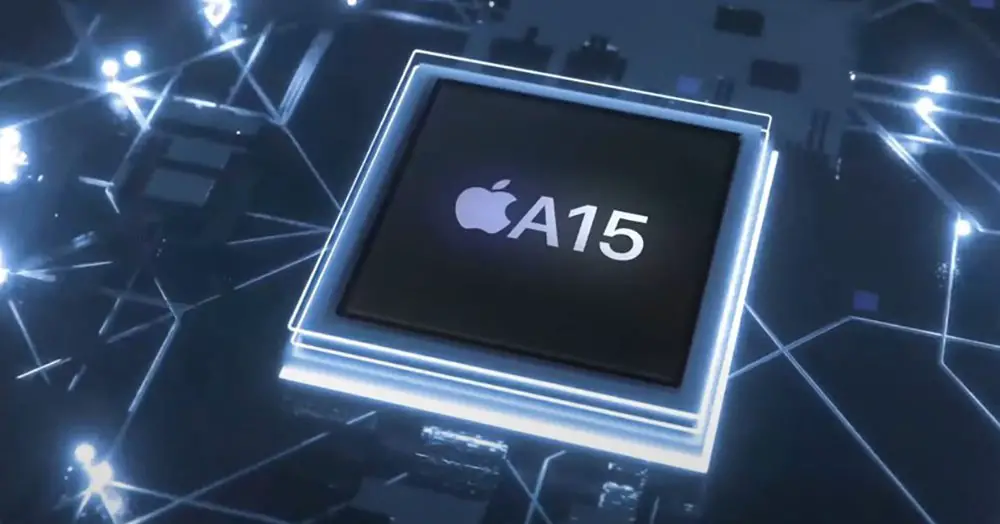
4. Geekbench 4 – Multi-Core & Single-Core Score – iOS 64-Bit
Data compression, images, AES encryption, SQL encoding, HTML, PDF file rendering, matrix computation, Fast Fourier Transform, 3D object simulation, photo editing, and memory testing are all included in the comprehensive benchmarking platform known as Geekbench 4. It enables us to see the relative power of these devices more clearly. We averaged 250 values from the renowned benchmark program for each result.
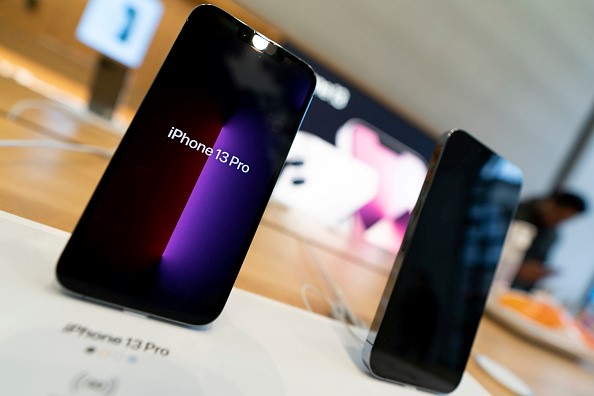
5. Geekbench 5 – Multi-Core & Single-Core Score – iOS
Geekbench 5 is used to assess the efficiency of servers, fixed devices, and mobile devices. This platform enables better CPU and computing power comparisons, and comparisons with similar or completely unrelated systems. New workloads in Geekbench 5 simulate real-world work tasks and software applications.
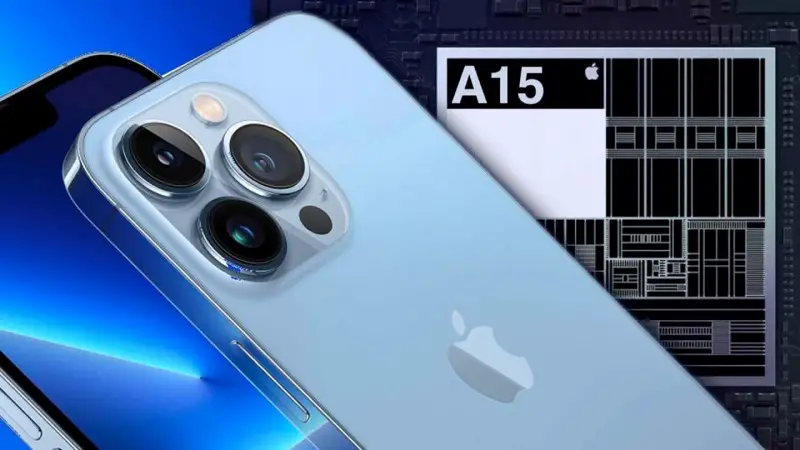
6. CPU Speed
The CPU speed describes how many processing cycles can be completed by a CPU per second when all of its cores are used (units for processing). The clock rates of each core are added together to calculate it, or each group of bodies in the case of multi-core processors using various microarchitectures.
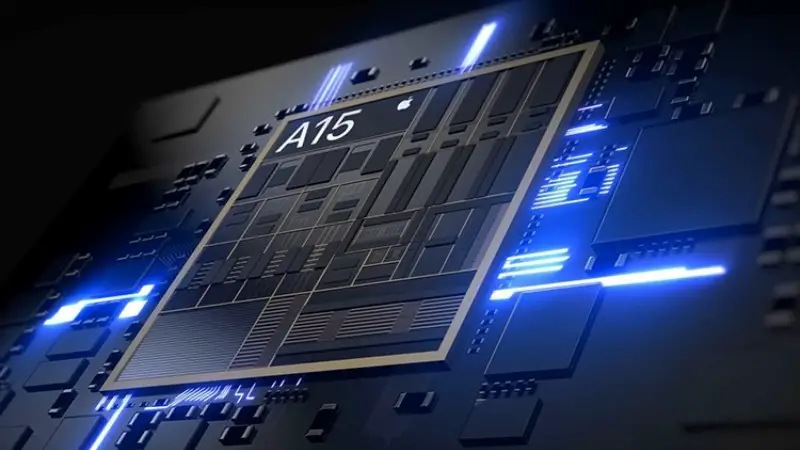
7. Uses Big. LITTLE Technology
A chip can switch between 2 sets of processor cores using the big.LITTLE technology to increase performance and battery life. For instance, checking email will use the less powerful bodies to maximize battery life, while playing a game will use the more powerful bodies to increase performance.
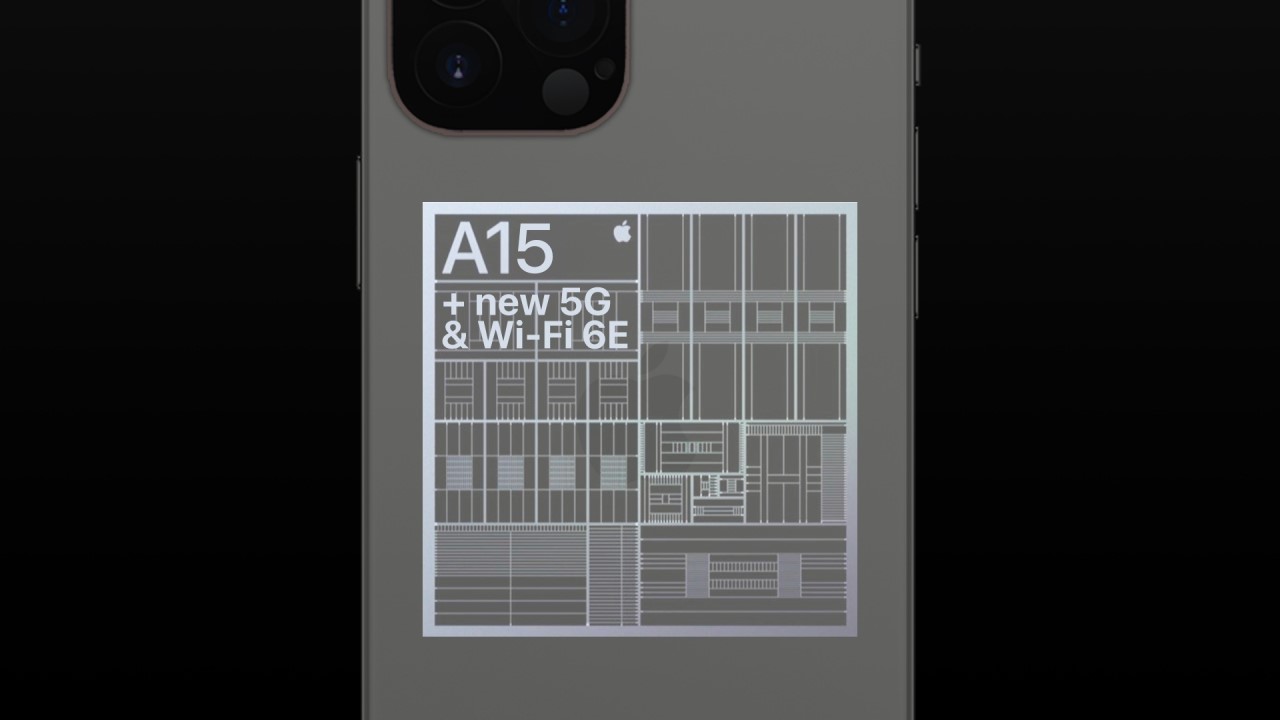
8. Uses HMP
The technology known as heterogeneous multi-processing (HMP) is a more sophisticated version of big.LITTLE. A processor can use all of its cores simultaneously in this configuration or just one core for low-intensity tasks. A strong performance or longer battery life may result from this.
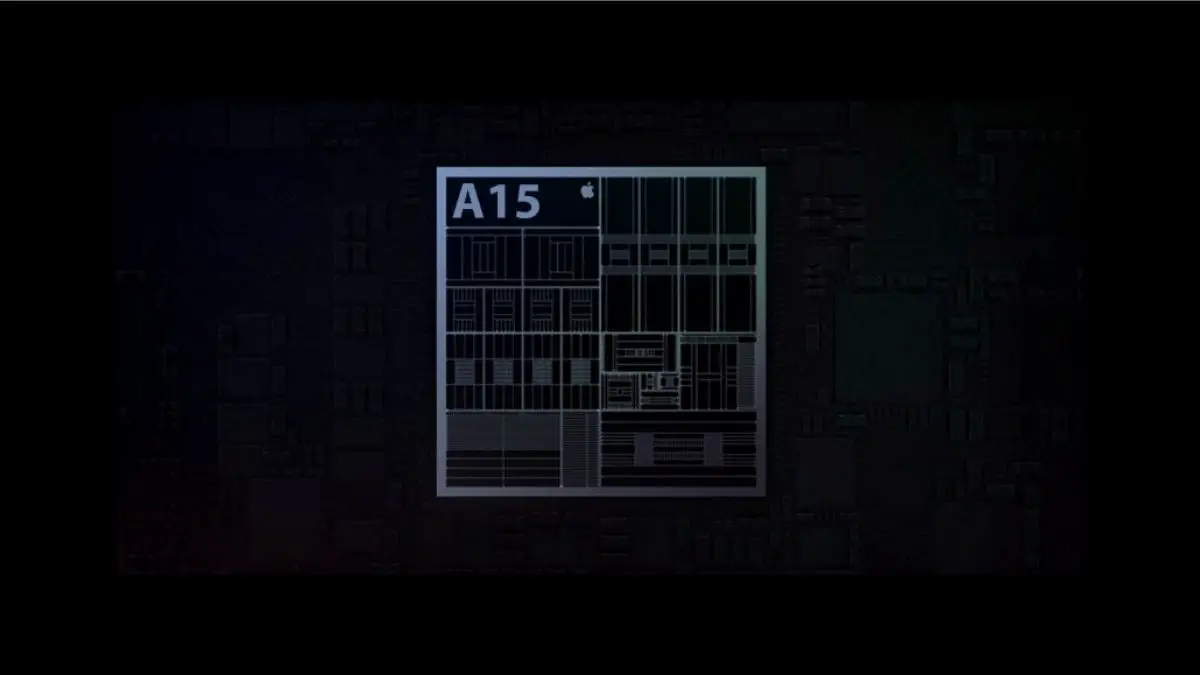
9. Image Signal Processor (ISP) Speed
Processing image data from the camera, including applying noise reduction, autofocus, and error correction, is the responsibility of the image signal processor (ISP). Faster camera operation and photo processing may be made possible by a quicker ISP.
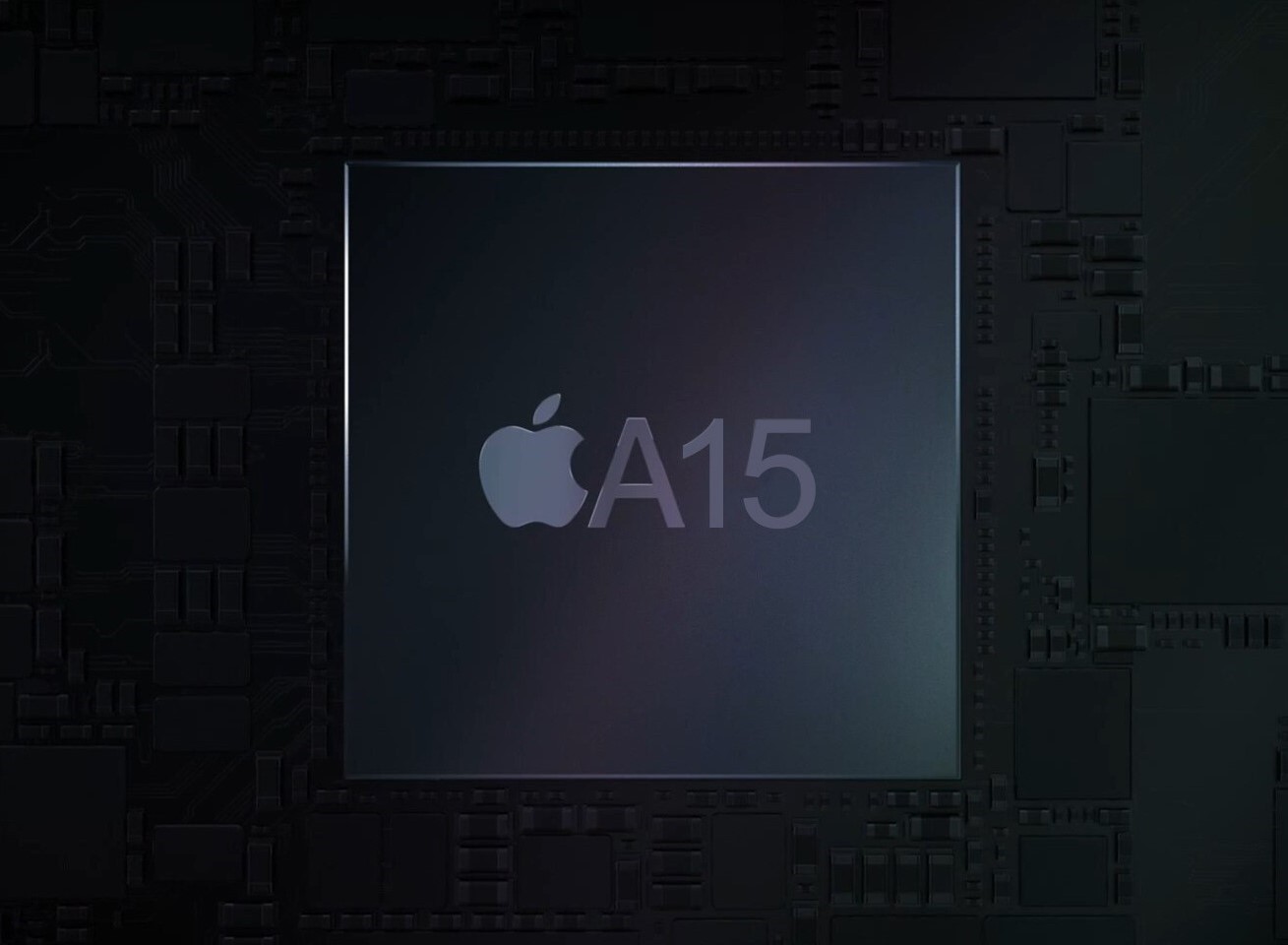
10. Has TrustZone
A system built into the processor secures it for use with features like mobile payments and digital rights management for streaming video (DRM).




